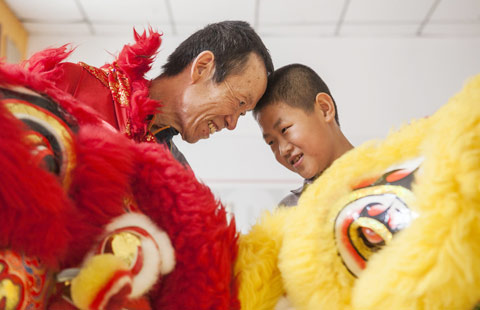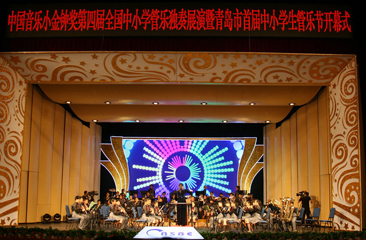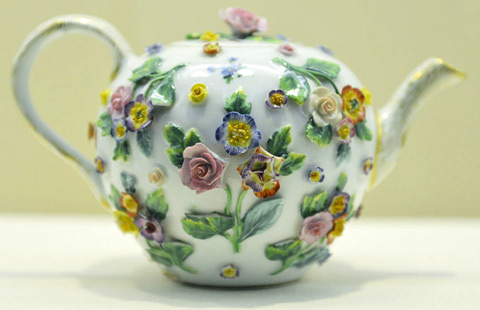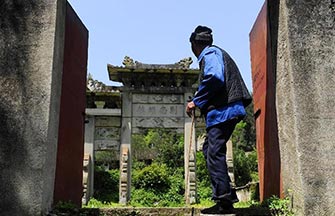Guangdong embroidery has a history of more than 1,000 years, and—together with its counterparts in Jiangsu, Hunan, and Sichuan—is one of the four major schools of embroidery in China. But the Cantonese folk art has languished of late, and only a concerted effort can revive it.
Xu Chiguang, 84, was born into a family of embroiderers in Guangzhou city. He first learned the skill aged six, with the help of his father and grandfather.
The folk art has since been an indispensable part of his life and helped him and his family survive through difficult times. But ten years after retirement, Master Xu was invited to work as an instructor in an embroidery factory.
"In 2003, the factory gathered me and six other masters to complete this piece of work as an attempt to retrieve the traditional industry. Since then, the folk art has begun to regain its fame little by little, after decades of neglect," Xu said.
Guangdong embroidery was among China’s first intangible cultural heritage items that were listed in 2006. Flowers, fruit and birds are the most common subjects captured by the folk art. These exquisite works usually take two to three artisans several months or even a year to finish.
























 Raymond Zhou:
Raymond Zhou: Pauline D Loh:
Pauline D Loh: Hot Pot
Hot Pot Eco China
Eco China China Dream
China Dream China Face
China Face






